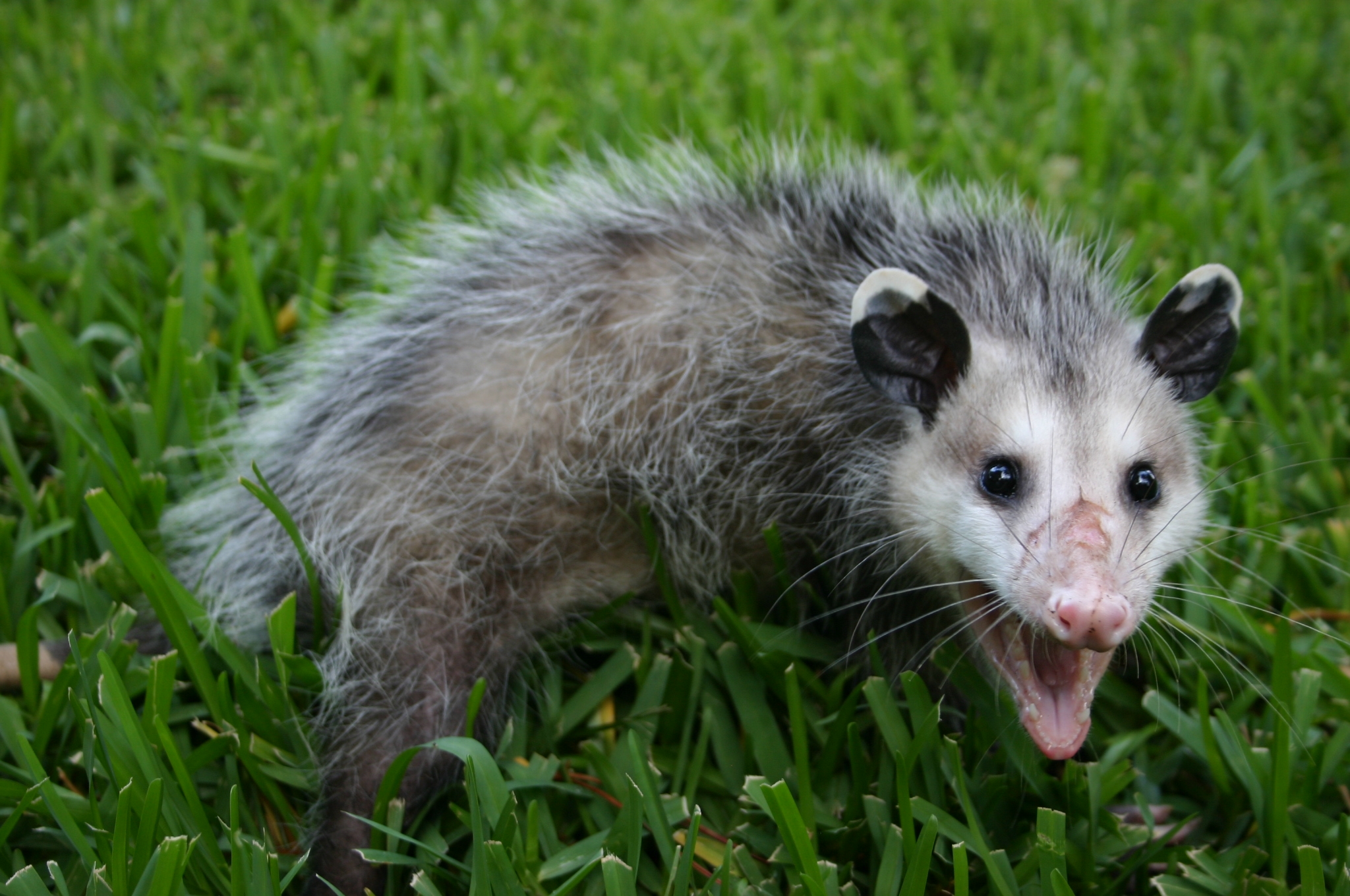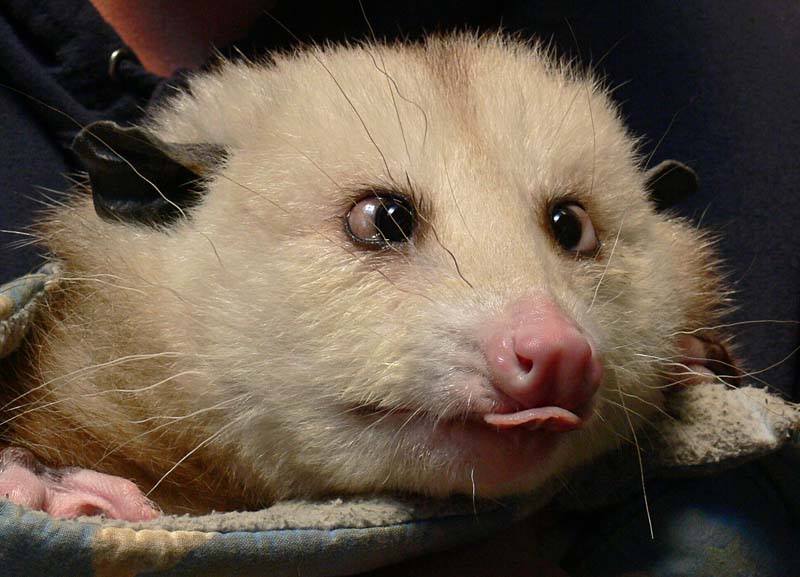

The names of both animals sound alike, they’re both marsupials. The confusion and mistake is understandable. The animal found in Australia and New Zealand which is truly a “ possum” is often known as the “Brush-Tailed Possum.” The North American species that is often misnamed is in fact a separate animal entirely called an “ opossum,” and the most common variant of this is the “Virginia opossum.” By and large there are two different animals people refer to when they use the word. In the King Country two females were recorded travelling 32 and 41 kilometres from where they were born.“Possum.” The word and what people mean when they say it has led to a growing confusion in recent years as it has increasingly been mistakenly applied to separate species. On average a juvenile possum moves 5 kilometres from the maternal den – females further than males. Young possums are weaned at 5–8 months, but they remain close to their mother until they are almost a year old.įemales have a home range of about 1.3 hectares, and males of 1.9 hectares. The baby possum immediately crawls into its mother’s pouch and attaches itself to a nipple for about 70 days. The pregnancy lasts for just 17–18 days, when a tiny (0.2 gram), furless, blind baby is born. Females usually give birth to one young a year, although they sometimes produce two. Males in captivity have been observed mating with more than one female. Largely solitary, possums do not form strong pair bonds. Grey possums are more common in drier open country. The average density in the North Island is equivalent to four possums per hectare, but can reach 25 animals per hectare on pasture bordering areas of native forest and shrubland.īlack possums predominate in wetter, forested areas, including the Kaimai Range, Te Urewera, Westland, Fiordland and western Southland, and on Stewart Island and Chatham Island. The South Island’s beech forests and alpine grasslands do not support dense possum populations. Two-thirds of possums are thought to live in the North Island, which has more of their preferred habitat (scrub gullies bordering farmland) and a wider variety of forest types. Their soft, luxurious fur was preferred by furriers, and the copper-coloured variety that lives in Queensland was never introduced. In New Zealand its coat is either black or grey – most stock came from Tasmania, where black possums predominate.

It is a nocturnal tree-dweller with long claws to help it grip branches. The brushtail possum is a furry animal weighing between 2 and 5 kilograms, and has a thick, bushy tail, pointed face, protruding eyes and large ears. They also eat planted pine seedlings and horticultural produce.įrom 1934 Australian scientists decided on the name of ‘possum’ for members of the Phalangeridae family, including the brushtail possum, to differentiate them from the American opossum, a marsupial from a completely different family. In addition, possums eat pasture and cause a fall in farm production (estimated at $35 million annually). Their cost to the economy is considerable: in 2006 government agencies spent $111 million on possum control, a level of funding that will continue for another decade. Not only do possums destroy forests, they also infect cattle with bovine tuberculosis, threatening the country’s valuable dairy industry. Possum numbers are difficult to accurately assess, but in the early 2000s, estimates ranged from 50 to 70 million.

Possums are found virtually everywhere on mainland New Zealand and Stewart Island, although they have been eradicated from major offshore islands since the early 1990s. But in New Zealand, it has become the country’s most damaging animal pest, wreaking havoc on native forests.

In Australia, the possum is protected as a native species. The Australian brushtail possum ( Trichosurus vulpecula), a cat-sized marsupial, was introduced to New Zealand in 1837 for the fur trade.


 0 kommentar(er)
0 kommentar(er)
